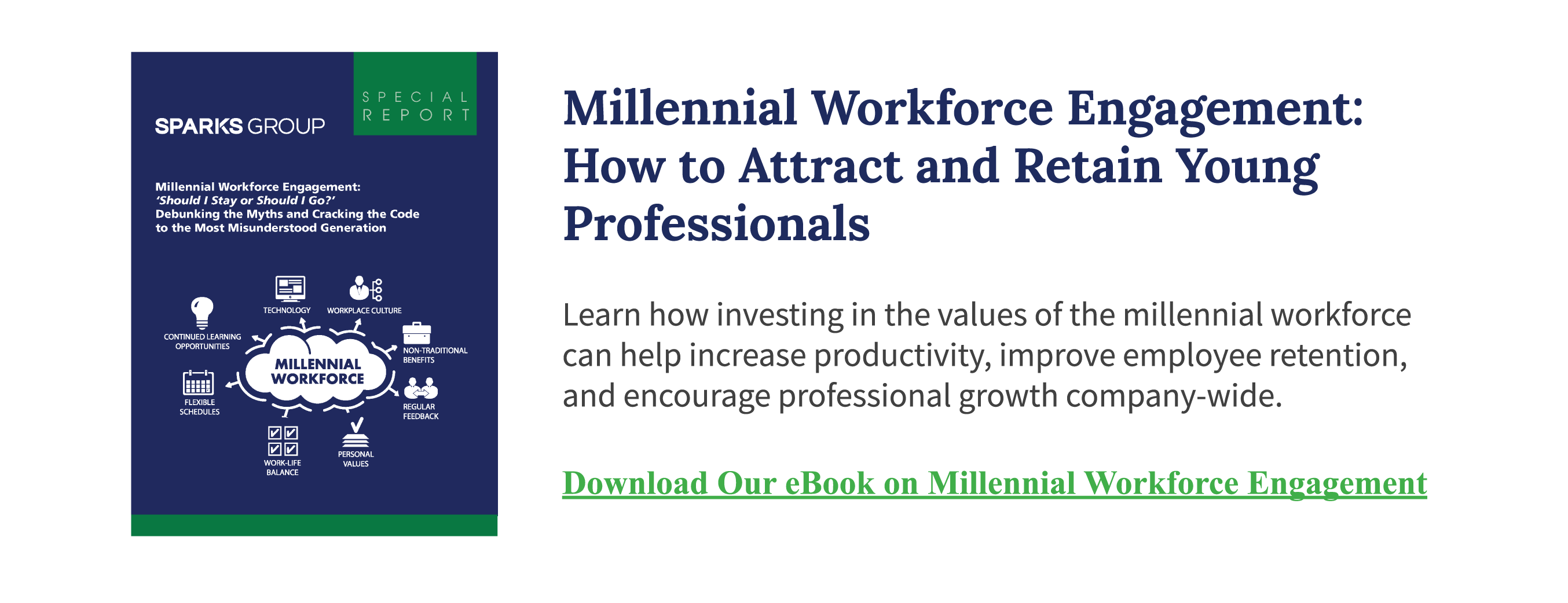
Telecommuting has been growing throughout the past several years, as organizations have taken a more open view to offering remote work and technology has enabled and supported a geographically dispersed workforce.
However, with the recent developments with COVID-19, more companies are finding a remote workforce a matter of necessity, rather than a matter of choice. Managing a rapid, unpredictable change in the business environment has taken a toll on all affected organizations, leaving them with many concerns: how do i handle managing remote employees, ensure business continuity, and continue to provide value to clients and customers?
With these types of pressures, it may be easy to let employee engagement fall to the wayside. After all, concerns with maintaining revenue streams and changing business processes to accommodate changes are high priorities. However, an engaged workforce can not only help you manage these priorities better, it can also help improve business results – both during a time of crisis, and after, when business returns to normal.
Benefits of Employee Engagement
Employees who are actively engaged at work - involved in, concerned about, and committed to their job and employer – can improve business outcomes across the organization. For example, research1 has found that teams with engaged employees realize:
- 17% increase in productivity
- 41% lower absenteeism
- 59% less turnover
- 10% higher customer service ratings
- 20% increase in sales
- 21% better profitability
Moreover, engaged employees are not only more effective at work – they are also healthier. Not only do engaged employees take fewer sick days from work, they also report2 lower levels of:
- Physical pain
- Stress
- High blood pressure
- High cholesterol
- Depression
In the current environment, when health and wellness are at the forefront of everyone’s mind, taking steps to improve the physical and mental well-being of employees should be a focus for businesses.
Employee Engagement Challenges
Employee engagement makes companies more profitable, and effective, and improves their health and happiness outside of work as well. For these reasons and more, employee engagement has topped the list of priorities for HR teams3 for two years in a row – with 40% of respondents surveyed listing it as their primary focus for the upcoming year.
However, engaging employees is not an easy proposition. Difficulties with building engagement across organizations include:
1. Lack of Clarity
There can be disagreement – between executive leadership, human resources, and the employees themselves – about what engagement means. Engagement is distinct from morale – it isn’t about job satisfaction, rather, it is a measure of the emotional connection that employees feel to the job and employer. Until there is understanding and agreement on the goals of an engagement program, there is no way to measure effectiveness or improvement.
Related Reading: Employee Engagement Strategies That Really Work
2. Bureaucracy / Control
The greater the bureaucracy, and the more difficult to initiate and implement change, the less engaged employees will be. Top-down communication is valuable, but only when processes exist for bottom-up communication as well. Ensuring that employee opinions are heard, valued, and acted upon when appropriate is a good method for managing engagement, but it is difficult to accomplish in a highly bureaucratic organization.
3. Work-Life Balance
Work-life balance sets the stage for employee engagement – preventing burnout, and ensuring that employees feel valued, honored, competent, and trusted. However, a strategy to improve work-life balance can be difficult to implement, considering that individual employees have different expectations and needs that affect work-life balance.
4. Organizational Buy-in
To be successful, employee engagement programs require support from key stakeholders throughout the organization – both financial support, and moral support. It can be difficult to create, and sustain, and improve engagement without active participation from leaders throughout the organization, and a willingness to institute the policies, and processes, that provide the framework for success.
Challenges to engaging employees are even greater when dealing with a remote workforce. It can be difficult to measure engagement of employees who you don’t see face-to-face regularly; and easy to miss the signs of disengagement and burnout.
Engaging Remote Employees
It may seem that engaging remote employees is easier – as telecommuters are perceived to have more control over their daily schedules, and therefore have a better opportunity for work-life balance. However, the tools that are used to measure and improve employee engagement often rely on face-to-face interactions, and without putting effort toward adapting processes to include remote employee engagement, they can easily be overlooked. To engage remote employees, consider:
1. Communication
Remote workers are isolated from their team, missing out on the face-to-face contact and small talk that make up an important part of the work environment. To combat this, ensure that the tools are available to support regular communication, including a company-wide messaging app for quick communications, and a video conferencing application to provide a face-to-face connection between dispersed teams.
Communication can be formal: structured team meetings for a specific purpose; but also informal: with remote work mandates due to COVID-19, many companies have instituted informal online gatherings. These may include coffee breaks, happy hours, or even online multiplayer video games.
2. Inclusivity
Keeping remote workers active as a part of the team takes effort; but excluding remote workers from meetings, communications, and gatherings is a sure way to erode employee engagement.
3. Create a Community
Remote workers require various types of support. They must have the tools that are required to be successful in their jobs – both the equipment and the applications that will be used in their daily lives. However, remote workers also require personal support. This may include coaching or mentoring, a specific person who is tasked with ensuring that the remote worker is informed, and has access to the tools and training required to be successful.
4. Support
Remote workers require various types of support. They must have the tools that are required to be successful in their jobs – both the equipment and the applications that will be used in their daily lives. However, remote workers also require personal support. This may include coaching or mentoring, a specific person who is tasked with ensuring that the remote worker is informed, and has access to the tools and training required to be successful.
Related Reading: How to Build a Remote-Enabled Tech Stack
5. Inspire
Not only do remote employees need to be connected to the employer, and their coworkers – they must be connected to the vision and the mission of the company to be truly engaged. This connection reinforces the employee’s value to the company, connecting their personal contribution to organizational success in a real, tactile manner.
6. Support
Ensuring that remote employees are rewarded for their contributions improves engagement as well, further reinforcing their ties to the company and the team, and recognizing their contributions to the successes of the department and company as a whole.
Employee engagement is a complex process. To be effective, it must be universal enough to appeal to employees with different priorities and perceptions, but individualized enough to make each person feel like a valued member of a team. With remote employees, engagement can be even more complicated – as the lack of regular face-to-face contact can make it easy to overlook cues that an employee is not engaged, or on the verge of burnout.
It takes effort and investment of resources to create an effective strategy for engaging remote employees, but it can pay off for the company that does it correctly – improving the productivity and well-being of employees, and providing the company with better sales, customer service, retention, and overall profitability.
Sparks Group offers diversified staffing and recruiting services to help businesses attract and retain top talent. For more strategies to attract and retain top talent for your company, contact Sparks Group today or set up a free consultation with one of our talent acquisition professionals.








